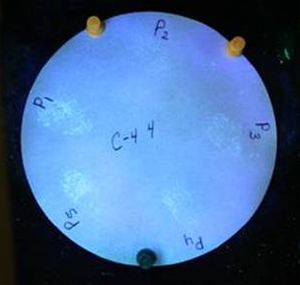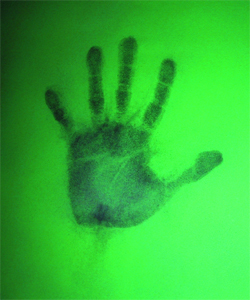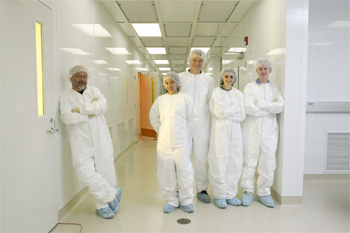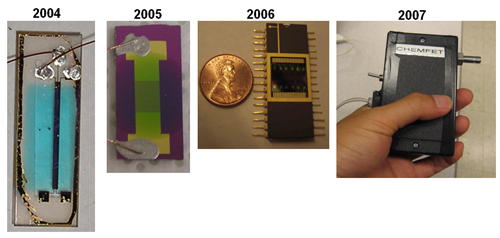Air Force Says Basic Research at UC San Diego Helps U.S. 'Anticipate Threats'
San Diego, CA, June 14, 2007 -- In recent testimony on Capitol Hill and published in the Congressional Record, a top official from the Department of Defense (DoD) called the attention of lawmakers to the progress made so far by researchers on a six-year, multidisciplinary $7 million basic research project at the University of California, San Diego.
|
UC San Diego is the only university named by Deputy Assistant Secretary of the Air Force Terry J. Jaggers, who handles science, technology and engineering in the Air Force Office of Scientific Research (AFOSR). Jaggers was speaking to the House Armed Services Committee subcommittee on terrorism, unconventional threats and capabilities. The topic: Fiscal '08 appropriations for Air Force science and technology programs.
"In the far term, efforts funded within our basic research program at the Air Force Office of Scientific Research are already yielding exciting results in our ability to anticipate threats," said Jaggers. "AFOSR started funding a University of California, San Diego effort in fiscal year 2002 to study photoluminescence quenching effects in certain polymers to understand how these effects might be used in integrated nanosensors to strengthen our war fighter's ability to anticipate threats."
|
"This is basic research, not a fabrication project," stressed Ivan Schuller, a professor of physics at UC San Diego and Director of the Nanostructured Supersensors project funded through the DoD's Multidisciplinary University Research Initiative (MURI) program.
But, says Schuller, "a large number of new projects have come out of this basic research" -- eleven at last count -- and the MURI project has been an engine for technology transfer to the private sector. So far, two new venture capital-backed companies -- RedX Defense and Rhevision Technology, Inc. -- have begun using some of the science and technology developed by the MURI for Nanostructured Supersensors. (Rhevision was founded by Jacobs School of Engineering electrical and computer engineering professor Yu-Hwa Lo, a co-PI on the MURI project.)
In a recent presentation, Schuller also noted that the MURI project has leveraged substantial activities in the private sector beyond RedX and Rhevision, including Boeing and Midwest Research Institute (remote thermal imaging cameras), Avaak and Seacoast (chemical warfare agents), and Hitachi Chemical Research Center (bio agents).
Schuller also points to some of the other impressive metrics for the five-year-old Nanostructured Supersensors project: as of late May 2007: 16 patents filed and disclosed; four licenses; three Small Business Innovation Research (SBIR) awards granted by DoD; 99-plus invited talks; and 74 papers.
|
According to Schuller, the "most important contribution" of the MURI project is the pipeline of students, staff and postdoctoral associates who have participated over the 58 months of the project to date. These 'alums' include Calit2 senior engineers Maribel Montero and Bernd Fruhberger (pictured above, second and third from right, respectively), 10 postdocs, 35 graduate students and eight undergraduates. Collaboration has even reached into the Moores UCSD Cancer Center in the form of joint work on a possible detector for breast cancer that might also be a model for a device to detect bioweapons.
|
Looking further ahead, to what the UCSD physicist calls the "far future," future research could focus on development of programmable remote sensors that would require development of other new materials (e.g., programmable polymers, peroxide sensors, and bi-functional MPc); new devices such as programmable sensors and microGC; and new fluidics and microfluidic pathogen sensors.
Related Links
Ivan Schuller Nanoscience Group
Nano3 Cleanroom Facility at Calit2




